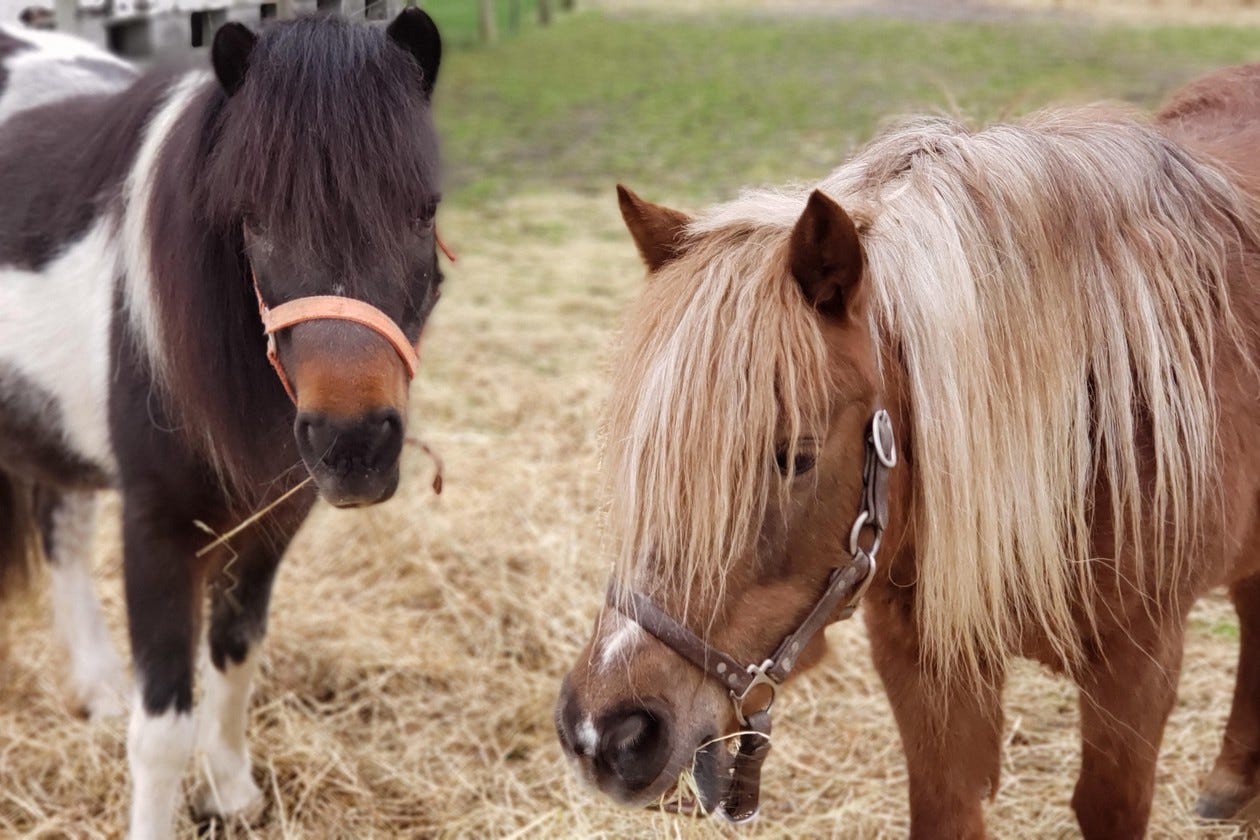Green Care July 2025
Churchill Fellowship, Groundswell, UN Right Here Right Now, Bucks Goat Centre, A Life More Wild, Food and Mental Health and Animal Assisted Interventions and the Human/Animal bond
Welcome to my Agricura newsletter. Each month I’ll be picking my top five green care related topics to share with you.
As I write this I’m about to head off to The Churchill Fellowship Connect and Inspire 2025 event, where I am one of the keynote speakers discussing the opportunities that a fellowship brings and Groundswell 2025. I’ll feedback more in next months newsletter. In June I attended the UN Global Climate Summit Right Here Right Now in Oxford. This was a global summit focused on climate change and human rights, held in collaboration with multiple academic partners, across time zones 24 hours a day over 4 days. Face to face events took place at each university alongside live streaming to reduce the amount of air travel needed. Follow the link to find out more or watch some of the recorded sessions.
This month I’d like to highlight the work of the Bucks Goat Centre. This open farm is nearly 35 years old and over the last couple of years it has developed a thriving green care programme for children and adults, including alternative provision. If you’d like to know more about the services they offer visit their website.
This month I’m enjoying A Life More Wild Podcast. I particularly enjoy the ‘Quick Strolls’ episodes, which are shorter walks with guests talking on a topic of their choice such as mental health or access to nature.
This month I’m continuing to read about the link between mental health and food with Food and Mental Health A Guide for Health Professionals by Gerrie Hughes. This book is aimed at professionals working in health and wellbeing and explores the relationship between food choices and how people see the world.
Finally - this month I’m focusing on Animal Assisted Interventions and a brief history of the animal and human bond.
Spending time with animals, either on care farms or as part of animal assisted interventions, can be is a very rewarding experience for the individuals and groups involved. Research by Churchill Fellow Iona Maria Rojas published in her 2015 report, found that working with, or even just spending time, with animals has physical, emotional, cognitive and social benefits for people of all ages.
The story of the animal and human bond is woven into our history, culture and folklore and goes back to the time humans first domesticated animals. Early men and women called upon animals as guardian spirits and in some cultures, such as the Ancient Egyptians, there are depictions of part human and part animal Gods and Goddesses. Closer to home, country folklorists often spoke of animals as being 'helpers' or the 'mascots of the Saints'.
Perhaps one of the earliest examples of what we would now call 'animal assisted interventions' can be found in the Elizabethan age when 'gentle' or 'comforter' dogs offered succour to ladies who suffered with ills. Our relationship with animals has not always been seen as beneficial and benign, such as for instance during the English Witch Trials. European culture at the time was suspicious of animals due to the belief that they assisted witches and 'cunning folk' in their practice of magic. Tragedies or unusual events were viewed through the lens of witchcraft with animals becoming an easy scapegoat for the blame. Many people of the time felt that keeping away from animals would protect them from harm during uncertain times.
Fortunately, the Seventeenth Century and the Age of Enlightenment ushered in a more sympathetic and compassionate view of animals. So much so that kindness to animals became a theme of children's literature in the Eighteenth and Nineteenth Centuries. Parents hoped this would encourage their children to display the highly desirable values of kindness and gentility.
In the late Eighteenth Century animal companionship as a method to treat patients with physical and mental health conditions became increasingly popular.
Florence Nightingale wrote of the benefits in her book Notes on Nursing in 1859 describing animals as 'an excellent companion for the sick' and 'for long chronic cases especially'. In the 1900's using animals in patients treatment plans fell out of favour. However, over the last 20 years in particular, green care approaches with animals and humans has enjoyed a resurgence. Animals are being seen, once again, as soothing companions for those suffering with anxiety, physical or mental illness or disabilities, an obvious example being the rise in popularity of emotional support animals.
Photo shared by permission of Hopewell






Well done, Joy. So many achievements. A great deal of care for nature and farming.